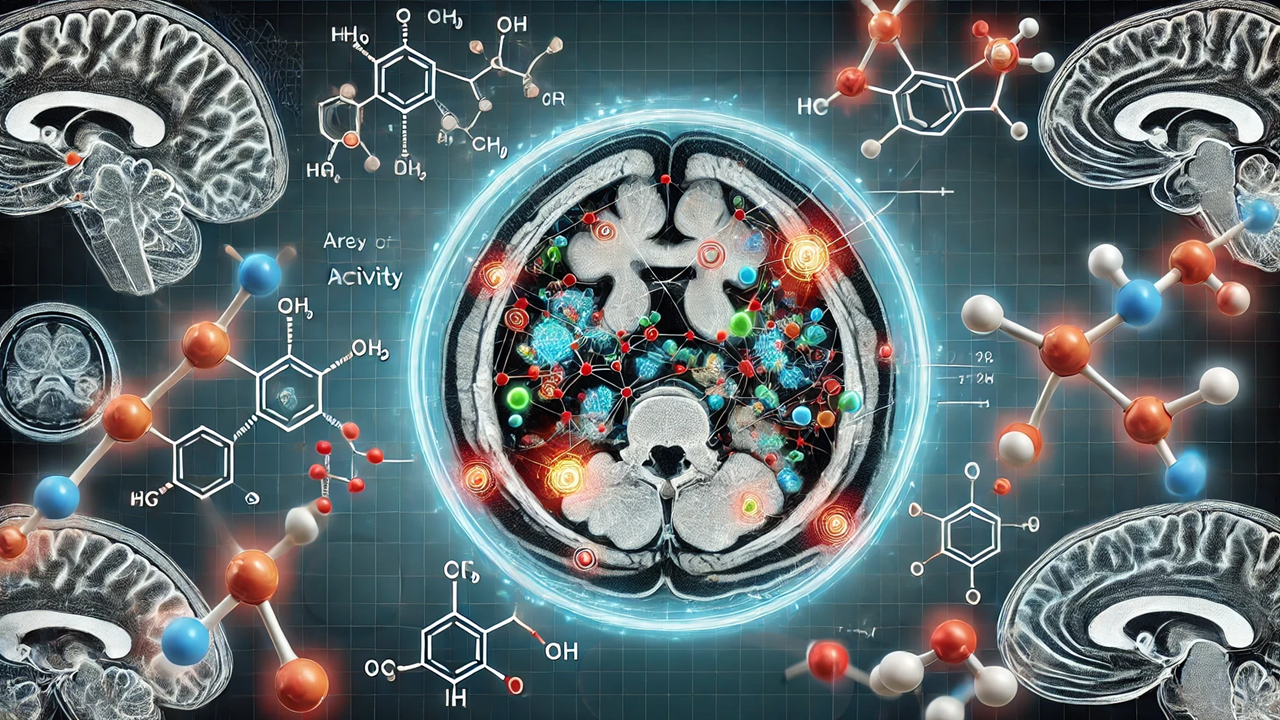Unveiling the WHO's Latest Insights: A Comprehensive Guide to Drug Information
The latest volume of WHO Drug Information offers a thorough exploration of drug development, regulation, and safety, with highlights on Fludeoxyglucose (18F) Injection, updated ATC/DDD classifications, and the latest INN list. This resource is invaluable for healthcare professionals, providing essential updates and guidelines to ensure the highest standards in pharmaceutical practice.

The World Health Organization (WHO) has released its latest volume of WHO Drug Information, a quarterly publication that delves into the intricacies of medicine development, regulation, quality, and safety. Volume 38, Number 1 of 2024, offers a wealth of knowledge, presenting crucial updates and guidelines for the pharmaceutical industry and healthcare professionals worldwide.
Fludeoxyglucose (18F) Injection: A Diagnostic Marvel
One of the standout features of this issue is the detailed examination of Fludeoxyglucose (18F) Injection. This sterile, aqueous solution is pivotal in diagnostic imaging, particularly in positron emission tomography (PET) scans. The chemical formula, C6H11FO5, and its preparation through nucleophilic substitution are thoroughly discussed.
The publication outlines the stringent purity standards required for Fludeoxyglucose (18F) Injection, ensuring it meets the highest quality. This includes a series of tests to verify identity, pH value, sterility, bacterial endotoxins, residual solvents, chemical purity, radionuclidic purity, and radiochemical purity. Potential impurities, such as 2-chloro-2-deoxy-D-glucose, amino polyether, tetrabutylammonium, and 4-(4-methylpiperadin-1-yl)pyridine, are also highlighted, emphasizing the importance of maintaining the highest standards in pharmaceutical preparations.
ATC/DDD Classification: Navigating the New Codes
The WHO Drug Information provides an in-depth look at the Anatomical Therapeutic Chemical (ATC) Classification System and Defined Daily Dose (DDD) updates. The temporary classification includes new ATC codes and DDDs agreed upon in March 2024, set to be finalized by September 2024. These updates are crucial for healthcare providers and pharmacists to stay informed about new drugs and their proper dosages.
The final classification features a range of new ATC 5th-level codes and significant alterations in existing drug classifications. Highlighted substances include novel treatments and adjustments in dosages, reflecting the evolving landscape of pharmaceutical therapy. This section is indispensable for professionals involved in prescribing and managing medication, ensuring they have the latest information at their fingertips.
International Nonproprietary Names (INN): Standardizing Global Pharmaceuticals
List 91 of the International Nonproprietary Names (INN) for pharmaceutical substances is another key component of this issue. The INN system provides standardized names for drugs, facilitating clear communication and avoiding confusion in global healthcare. This list includes names in Latin, English, French, and Spanish, ensuring broad accessibility and understanding.
Among the notable names in this list are Abefolastatum tesaroxetanum, Abiprubartum (a humanized monoclonal antibody), and Alexstatugum (an immunoglobulin targeting tumor-restricted extracellular ribonucleoprotein complexes). The inclusion of these names in the INN list signifies their recognition and potential use in medical practice, though it does not imply a recommendation for use by WHO.
Understanding Regulatory Agencies: A Guide to Abbreviations
Navigating the complex world of drug regulation requires familiarity with various regulatory bodies and their abbreviations. This edition of WHO Drug Information provides a comprehensive list, including well-known agencies such as the Committee for Medicinal Products for Human Use (CHMP), the European Medicines Agency (EMA), and the U.S. Food and Drug Administration (FDA).
This section serves as a valuable resource for professionals engaged in regulatory affairs, offering a clear guide to understanding the different organizations involved in ensuring the safety and efficacy of pharmaceuticals.
Access and Licensing
WHO Drug Information is available under the Creative Commons Attribution-NonCommercial-ShareAlike 3.0 IGO license. This allows users to copy, redistribute, and adapt the work for non-commercial purposes, provided proper citation is given. This open-access approach ensures that vital information is widely available to those who need it.
Usage and Disclaimer
Although the WHO makes every effort to ensure the accuracy of the information in its publications, they are provided without any guarantees. It is up to the reader to interpret and use the material, and the WHO is not responsible for any consequences that may arise from its use. This disclaimer underscores the importance of professional judgment in applying the information presented.
- FIRST PUBLISHED IN:
- Devdiscourse
ALSO READ
Separatist rebels free New Zealand pilot who's been held hostage for over a year in Papua, AP reports citing Indonesian authorities.
Swachhata Hi Seva 2024: A Whole of Society Approach for Cleanliness
I am here to ask you if you think Kejriwal is a thief or those who sent me to jail are thieves: AAP chief at 'Janta ki Adalat'.
Monty Panesar Weighs in on Ashwin vs Lyon Debate: Who's the Better Spinner?
Progress Made in Global Pandemic Agreement Talks as WHO Negotiations Advance










